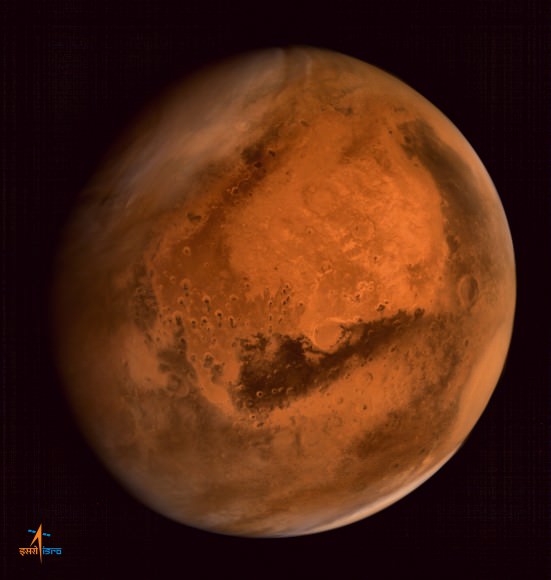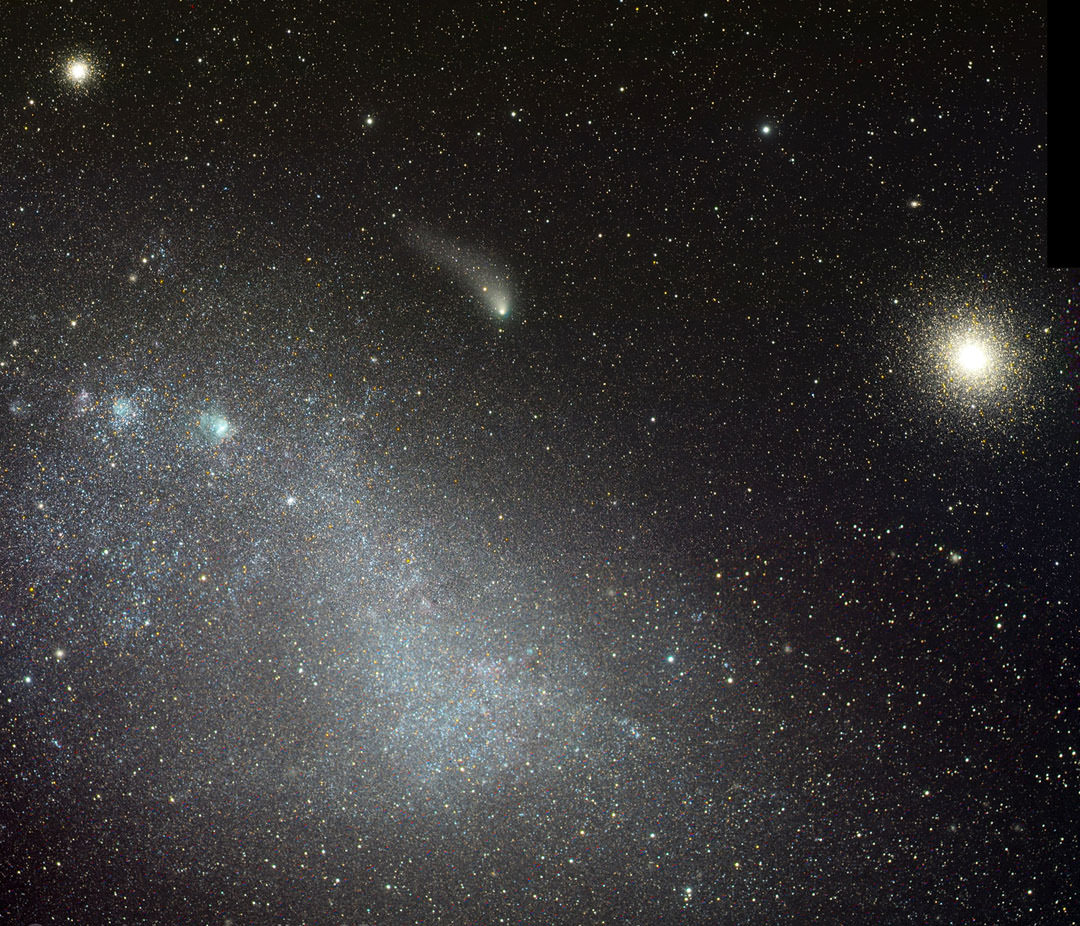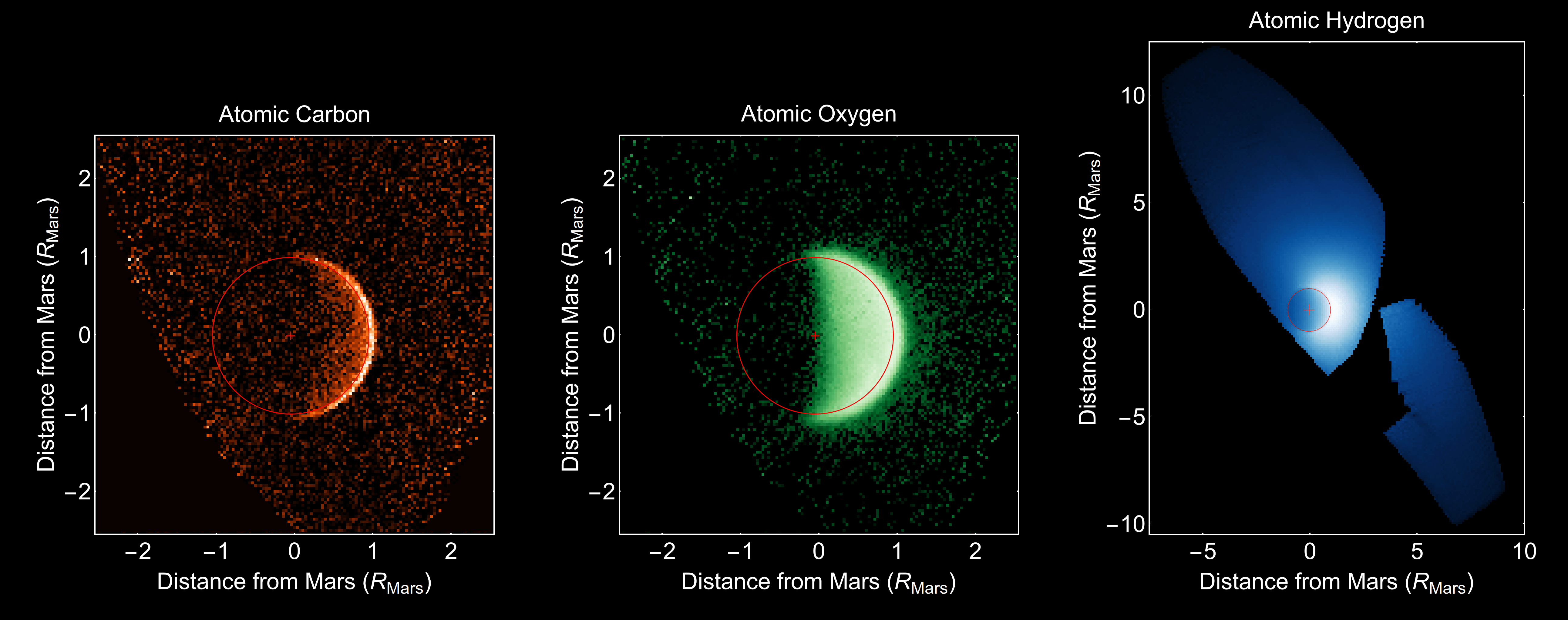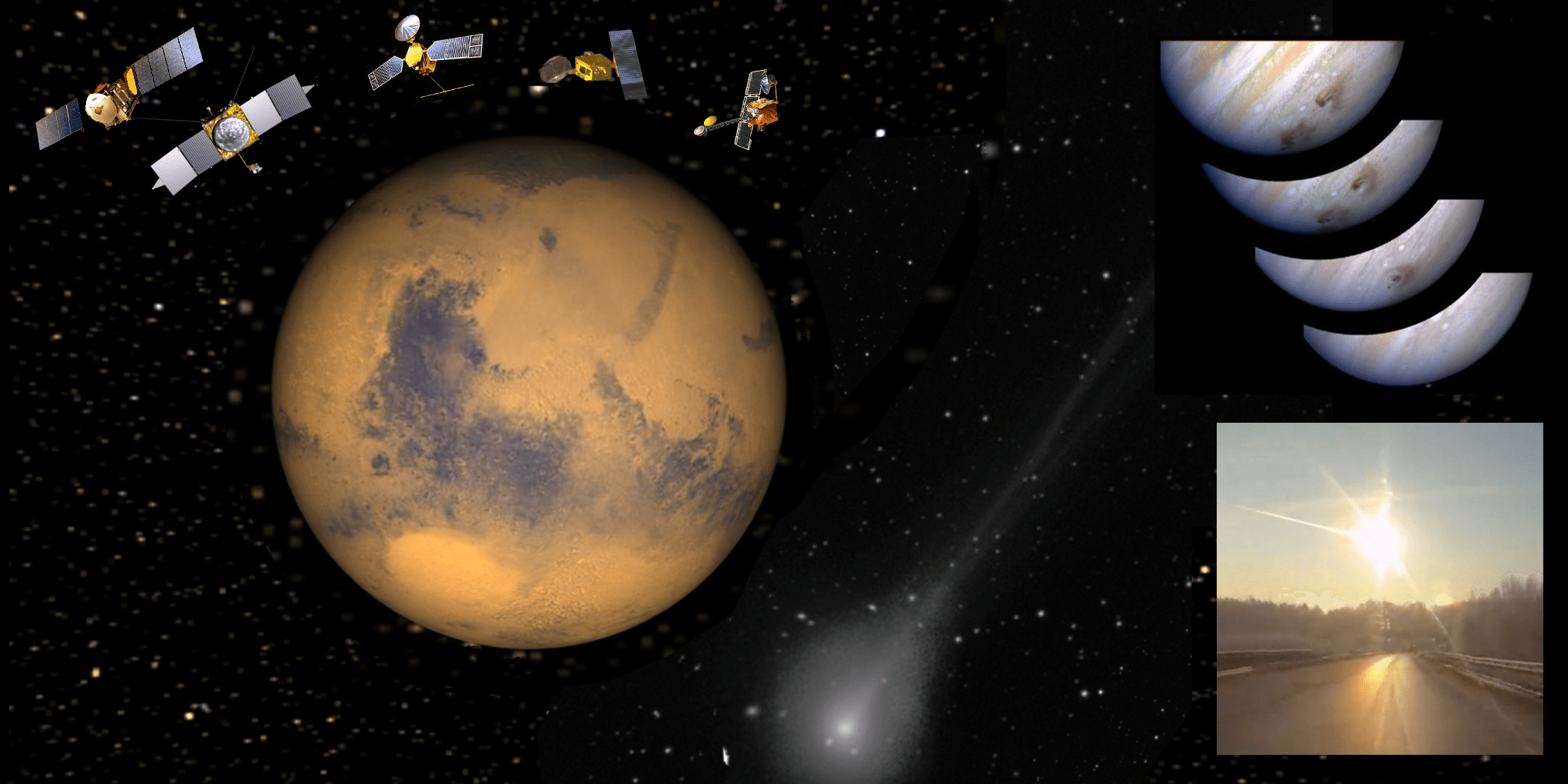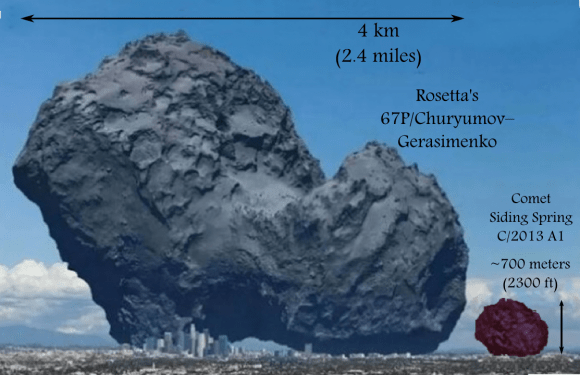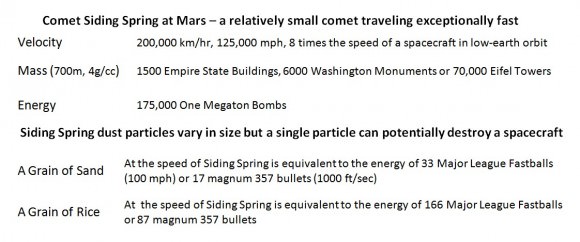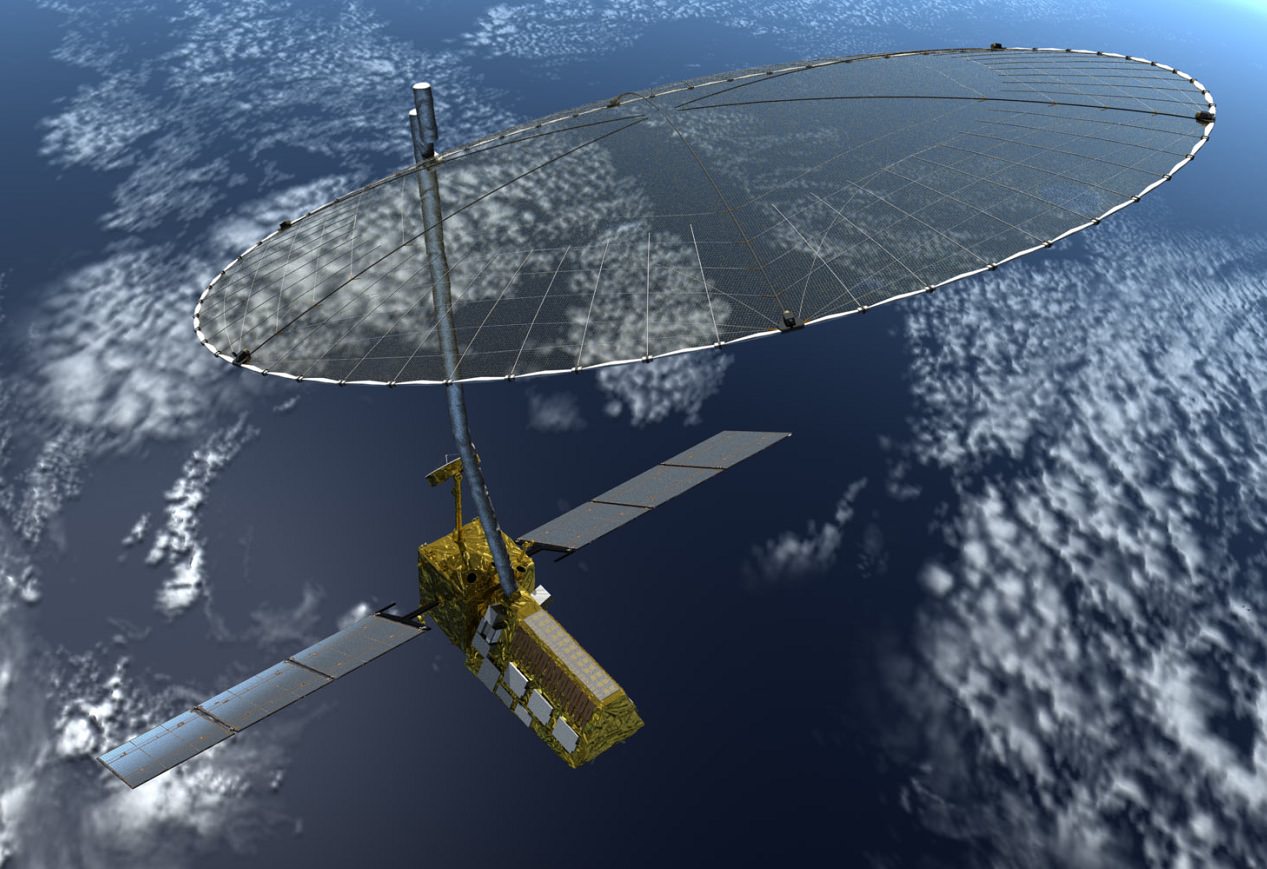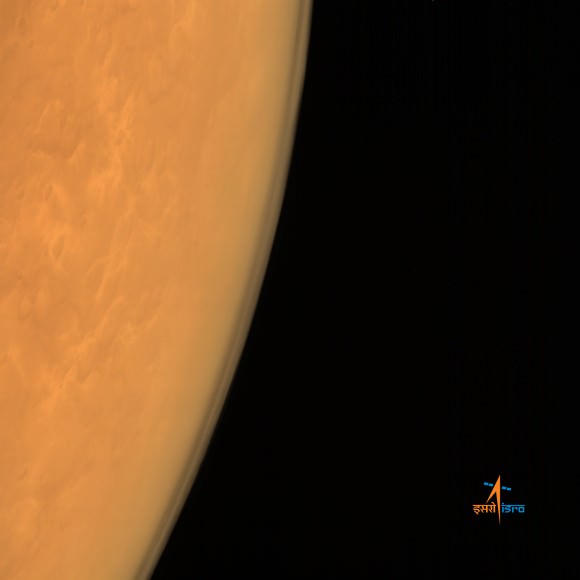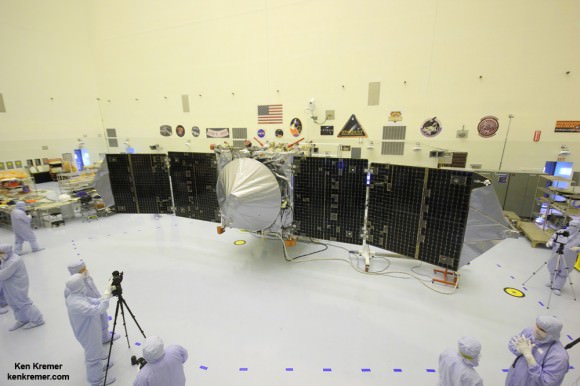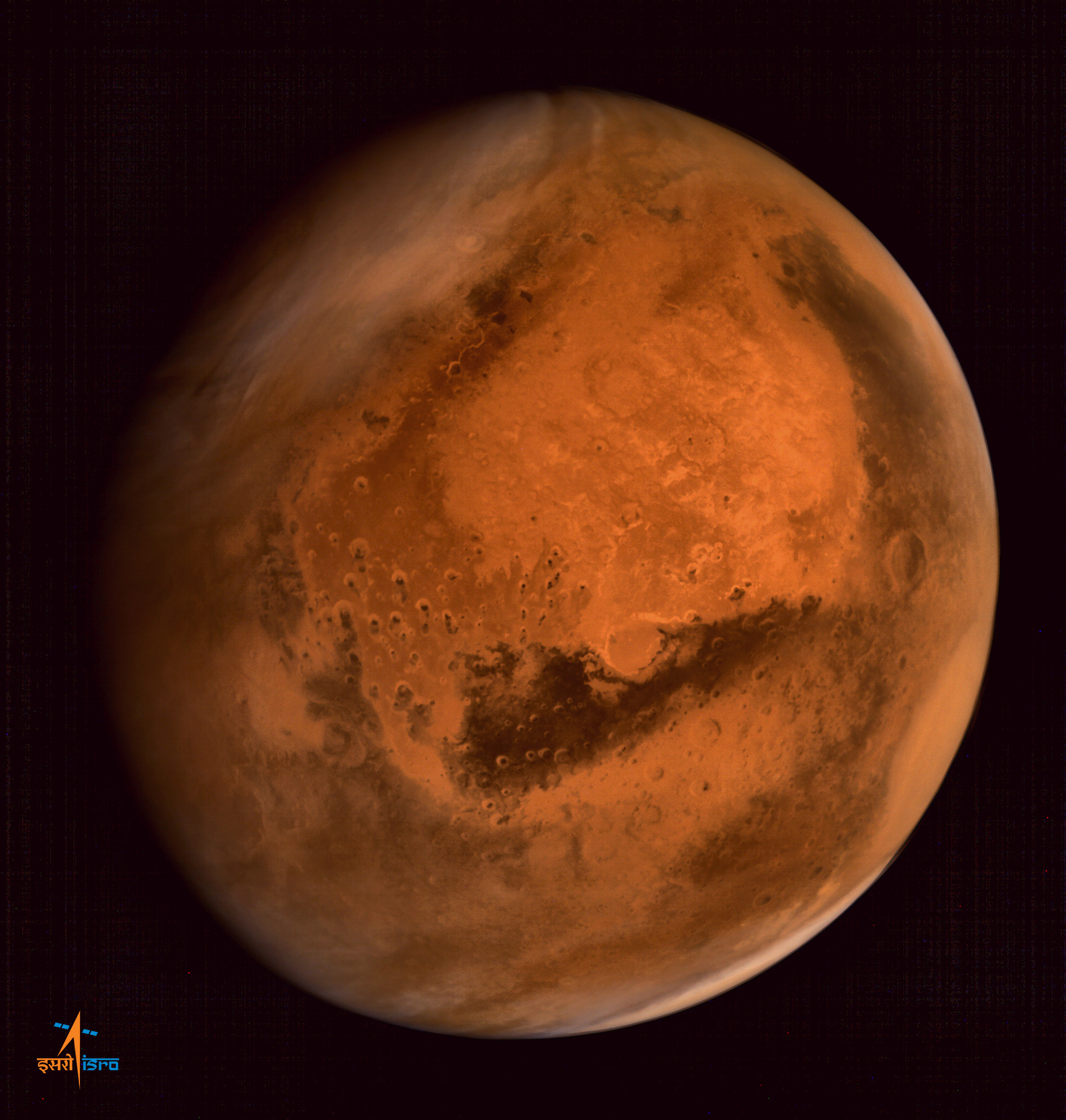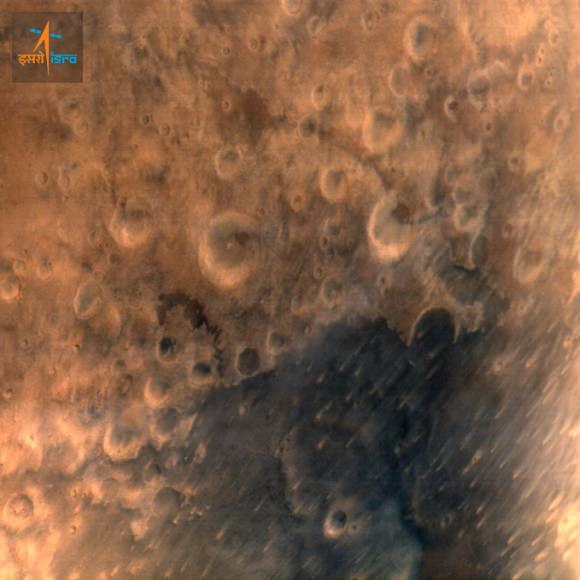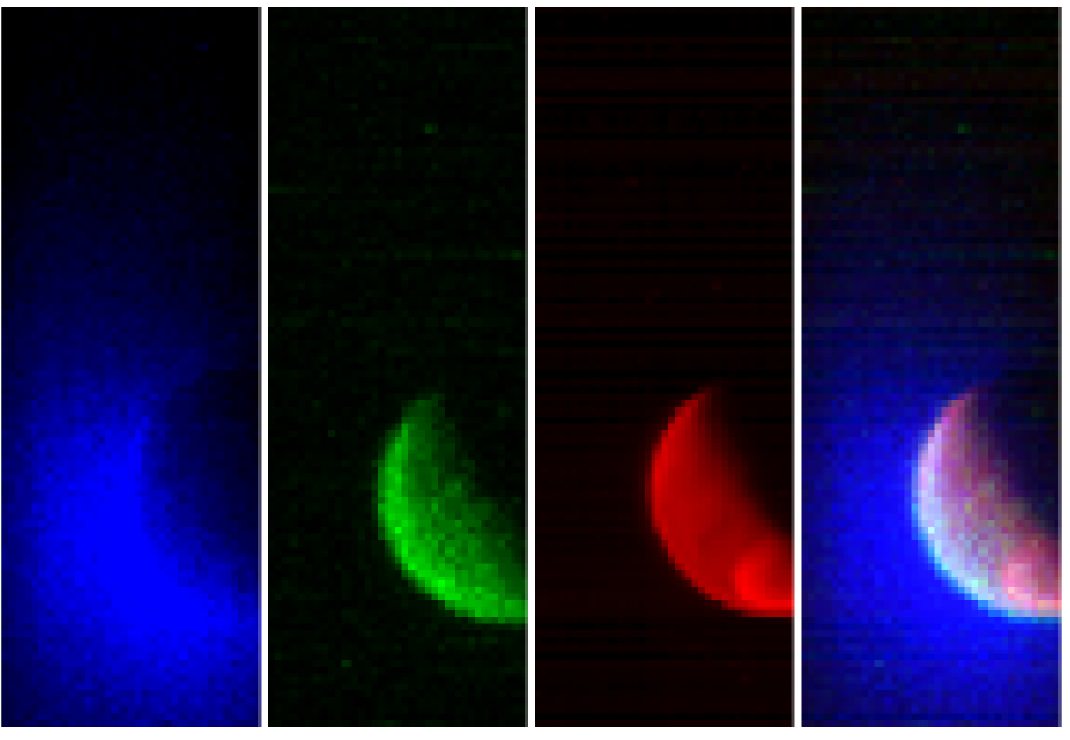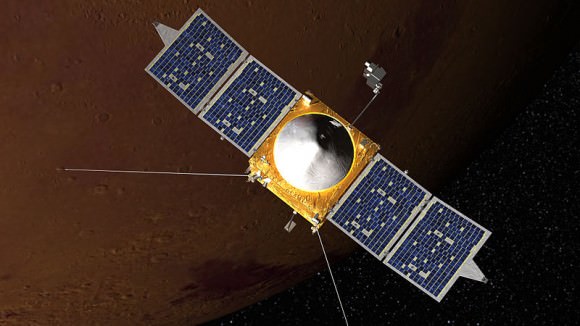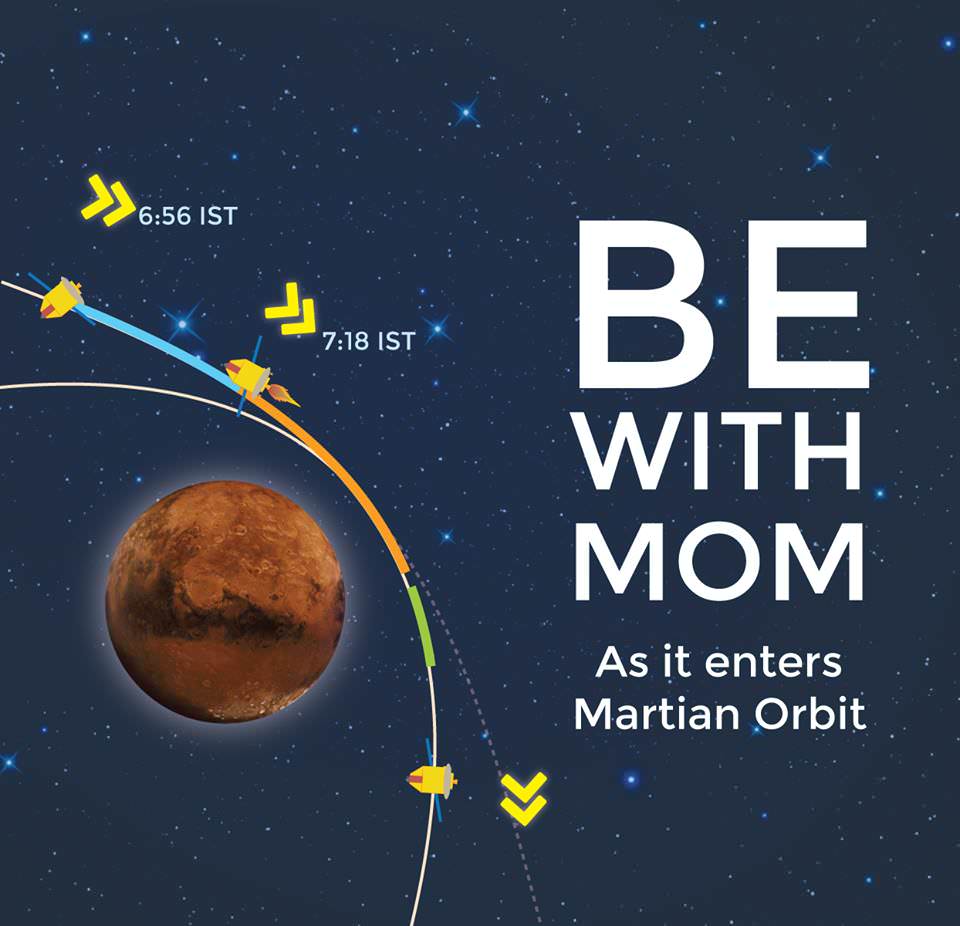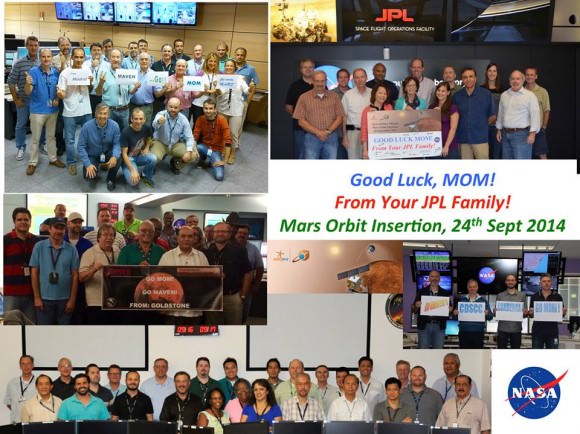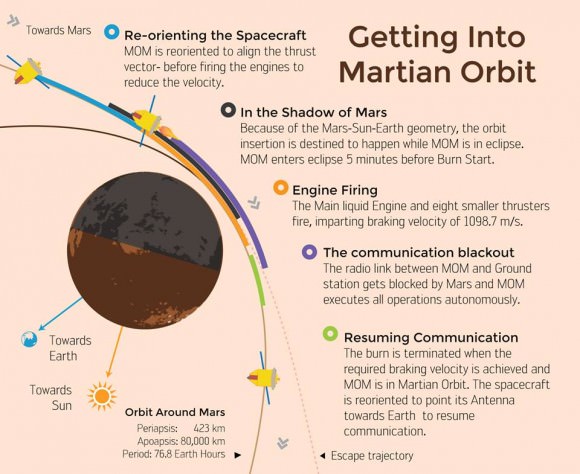India’s Mars Orbiter Mission (MOM) has delivered another sweet treat – a stunning view of our Solar System’s largest volcano and the largest canyon.
Just days ago, MOM captured a new global image of the Red Planet dominated by Olympus Mons and Valles Marineris – which is the largest known volcano and the largest known canyon in the Solar System, respectively.
Situated right in between lies a vast volcanic plateau holding a trio of huge volcanoes comprising the Tharsis Bulge: Arsia Mons, Pavonis Mons, and Ascraeus Mons. All four volcanoes are shield volcanoes.
To give an idea of its enormity, Olympus Mons stands about three times taller than Mount Everest and is about the size of Arizona.
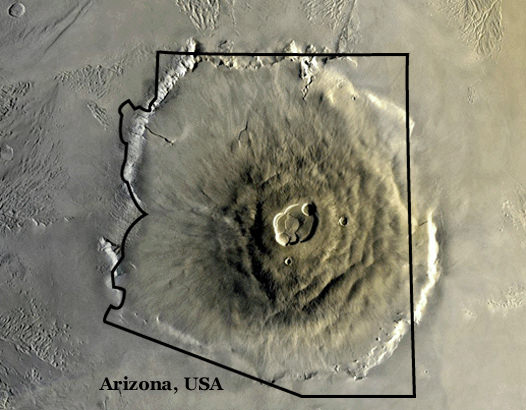
Olympus Mons is located in Mars’ western hemisphere and measures 624 kilometers (374 miles) in diameter, 25 km (16 mi) high, and is rimmed by a 6 km (4 mi) high scarp.
Valles Marineris is often called the “Grand Canyon of Mars.” It spans about as wide as the entire United States.
The Indian Space Research Organization (ISRO), India’s space agency which designed and developed the orbiter released the image on Oct. 17, barely two days ahead of the planet’s and spacecrafts’ extremely close encounter with comet Siding Spring.
By the way, a relieved ISRO tweeted MOM’s survival of her close shave with the once-in-a-lifetime cometary passage with gusto, soon after the swingby:
“Phew! Experience of a lifetime. Watched the #MarsComet #SidingSpring whizzing past the planet. I’m in my orbit, safe and sound.”
The new global image was taken by the tri-color camera as MOM swooped around the Red Planet in a highly elliptical orbit whose nearest point to Mars (periapsis) is at 421.7 km and farthest point (apoapsis) at 76,993.6 km, according to ISRO.
To date ISRO has released four global images of the Red Planet, including a 3-D view, reported here.
Olympus Mons, the Tharsis Bulge, and Valles Marineris are near the equator.
Valles Marineris stretches over 4,000 km (2,500 mi) across the Red Planet, is as much as 600 km wide, and measures as much as 7 kilometers (4 mi) deep.
Here’s a comparison view of the region taken by NASA’s Viking 1 orbiter in the 1970s.
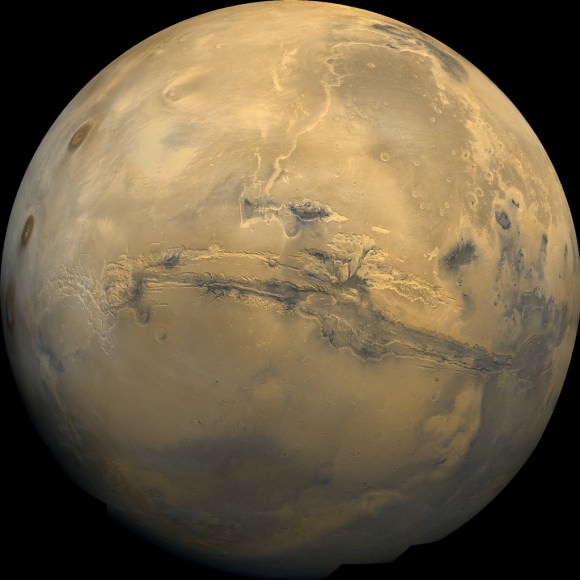
MOM is India’s first deep space voyager to explore beyond the confines of her home planet’s influence and successfully arrived at the Red Planet only one month ago after the “history creating” orbital insertion maneuver on Sept. 23/24 following a ten month journey.
The $73 million MOM mission is expected to last at least six months.
MOM’s success follows closely on the heels of NASA’s MAVEN orbiter which also successfully achieved orbit barely two days earlier on Sept. 21 and could last 10 years or more.
With MOM’s arrival, India became the newest member of an elite club of only four entities that have launched probes that successfully investigated Mars – following the Soviet Union, the United States, and the European Space Agency (ESA).
Stay tuned here for Ken’s continuing Earth and planetary science and human spaceflight news.
